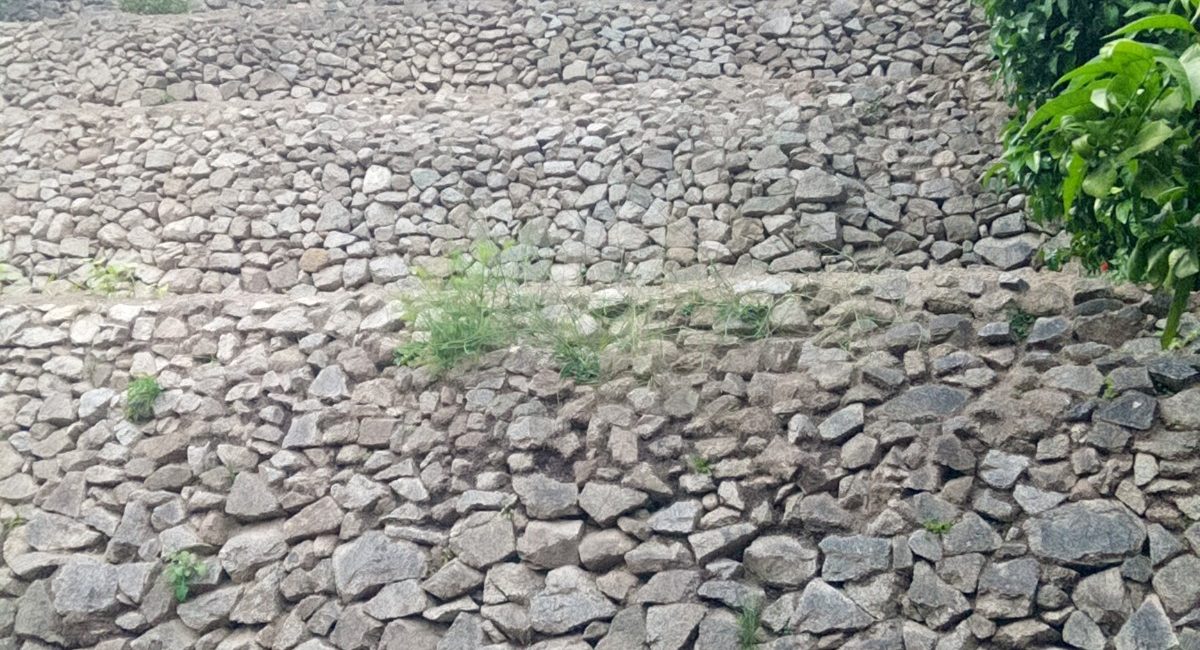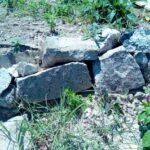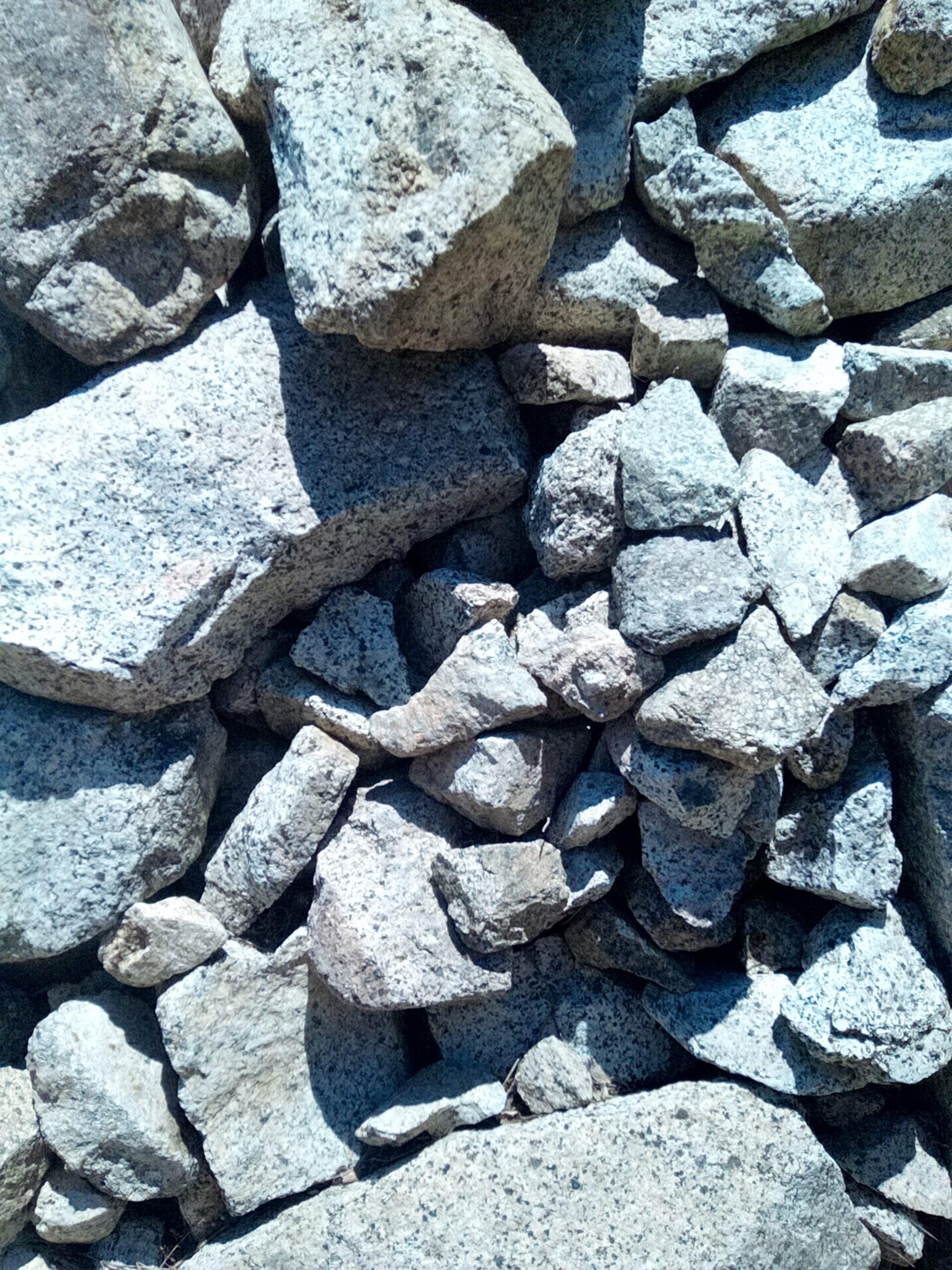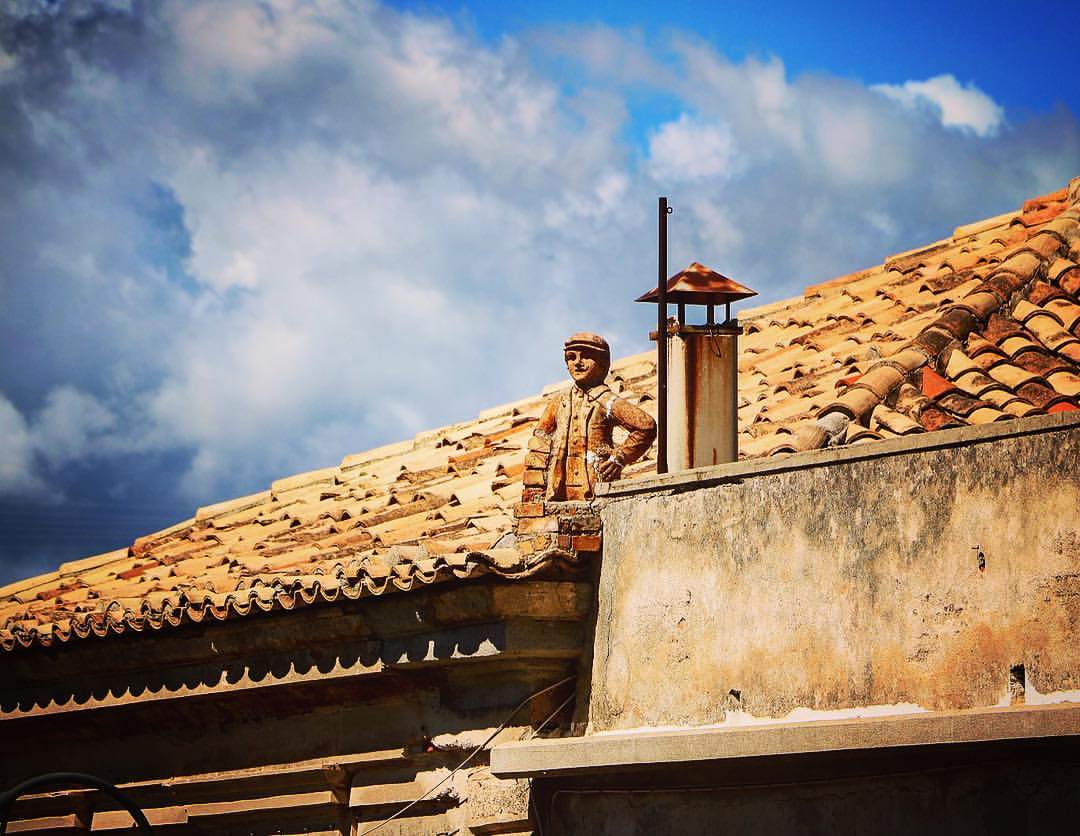By Sonia Simpatico – JUMP team
By putting a stone next to another stone, which will be put next to another one and so on, you can build up dry stone walls. For the craftsmen able to build up dry stone walls, each stone has its right place.
If you think that a stone is just a stone, then you couldn’t be more wrong! There are rounded stones, sharp stones, pointed one. Every stone has got its color, its nuances. The size of a stone can vary a lot. The hardness of a stone can also be quite different: there are stones which are easier to be crumbled than others. And those dry stone walls artists meticulously, stone by stone, choose the perfect one to be put at the right place. At its place.
“In Italy there are 173.000 km of dry stone wall, more than 4 time the circumference of our planet! To build a linear meter of wall, 1,5 meters high, a craftsman needs one working day, so this means that to build up all the dry stones walls of Italy you
would need around 1 million years of work. And the one of the whole
Europe would need minimum 5 million of years.”
Among all these dry stone walls meters, there are some in Badolato. Their functions are mainly two: to create terraces in a steep land, with the goal to get many flat terraces used as a garden or to demarcate boarders of a land.
A wonderful garden (the one I wrote about the irrigation system in this article) in the heart of Badolato, is a good example of dry stone walls built to create terraces. When the owner, the grandfather of a friend of mine, around 100 years ago bought that land, there was just a steep incline. At that time the Baron, willing to giving him back a favor (he voted for him at the election) asked to him what he would like to have back and the man answered to him: “Stones”. So, the baron, who didn’t know that the man had just come back from Philadelphia, where he emigrated and found work in a mine and therefore was quite good with explosives, answered to him to take whatever he wanted from his cave in Sant’Elia. I am sure he regretted it, infact as result of it, most of the stones of the Baron cave had been used to create those terraces!
Dry stone walls have been included in the World Heritage List by UNESCO and the fewest still know how to build them. If on a lazy Sunday you are looking for inspirations to redesign your garden, well check this video out and get started building your own dry stone wall.


Sources:
Pepé Argiró
https://www.latrentina.it/blog/muretti-a-secco-un-patrimonio-unesco-fatto-di-sassi



